Located in Long Hau hamlet, Long Khanh A commune, Hong Ngu district ( Dong Thap ), Long Khanh communal house was granted the title of Thanh Hoang by King Tu Duc on November 29, 1852. However, because it is located on an island, the land is unstable, the communal house had to be moved many times. The horizontal lacquered boards, parallel sentences, and ancient objects gradually deteriorated and were lost.
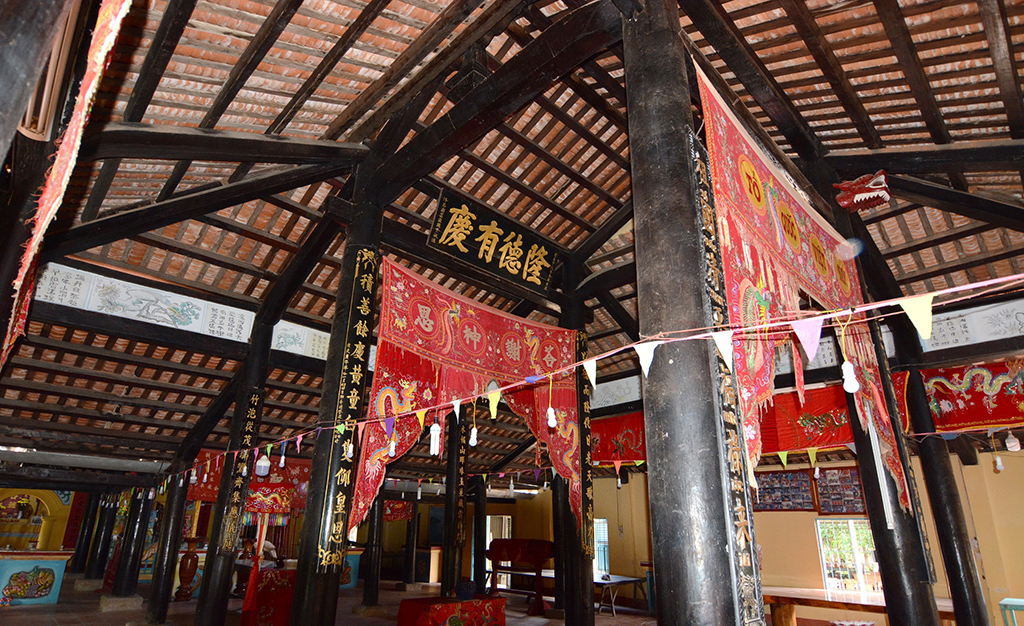
The communal house has more than 100 pillars.
4 relocations
According to the Minh Mang 1836 Land Register (translated and annotated by researcher Nguyen Dinh Dau), Long Khanh village used to be in two regions: Cha Va Chau and Tan Du Chau, belonging to An Thanh commune, Dong Xuyen district. Cha Va Chau is Cha Va islet, some documents record it as Do Ba islet, and Tan Du Chau is Tan Du islet. At that time, the land of the islet was mostly "vu dau tho", meaning land for growing sweet potatoes and beans. In the book Nam Ky phong tuc nhon vat dien ca printed in 1909, Nguyen Lien Phong wrote: "Tan Du islet is so beautiful/The reputation of Ba Tu silk has long been famous/The honest people in the village/The profession of growing sweet potatoes and beans is full of elegance and nobility".
Tan Du or Tan Du now seems to have only the place name Dau Lao remaining in Long Phuoc hamlet, Long Khanh A commune. As for the name Cha Va islet, Mr. Ho Thanh Son (residing in Long Huu hamlet, Long Khanh A commune), a descendant of the predecessor who opened this land, said that his grandfather told him that at that time there was a group of Cha Va people settling on the islet, and later they moved to another place. It is not clear whether the Cha Va people were Southern Islanders or Cham people from the Central region who migrated in. Also according to Mr. Son, when the village was established, the communal house was built, but at first it was made of temporary bamboo and leaves.
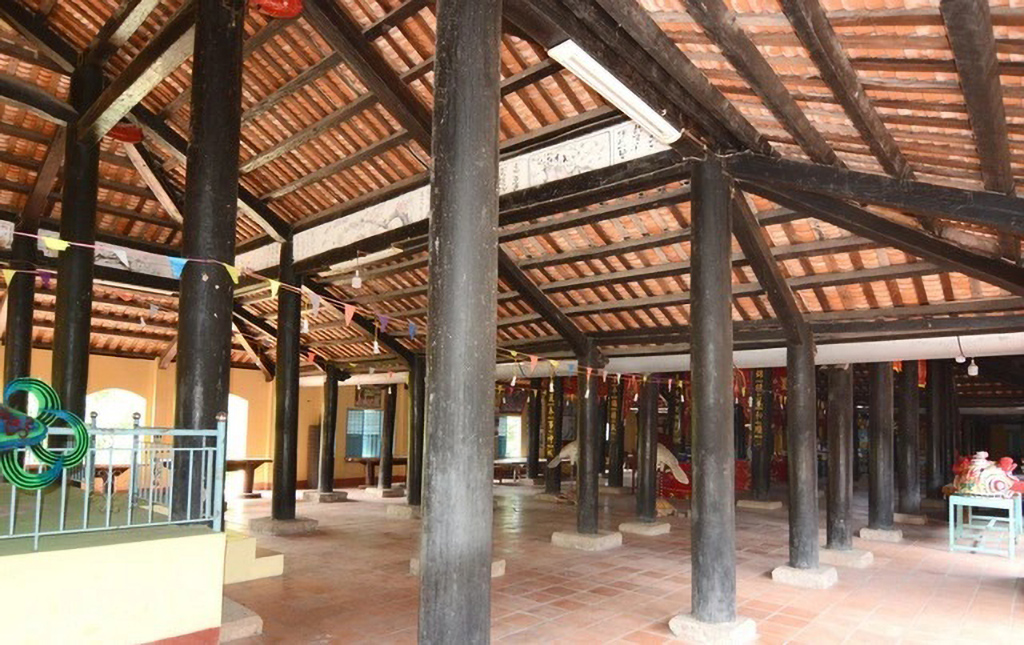
The communal house has more than 100 pillars.
According to Mr. Bay Khung, a member of the Long Khanh Communal House Management Board, the old communal house was built around 1800 in Long Thai hamlet. Due to landslides in this area, it had to be moved to Giong Sao, now Long Thanh A hamlet. Because the communal house is located in the middle of an open field, making it difficult to travel, and the hilly land lacks water in the dry season, Mr. Huong Ca Nguyen Nhu Lang discussed with the villagers to move the communal house to Long Phuoc hamlet, Dau Lao area. In 1908, he and the villagers started to rebuild the communal house on a larger scale, and it was completed in 1911. The new communal house has a total of 114 pillars made of rosewood and cach wood, and the walls are made of bricks and mortar.
At the end of 2009, Long Phuoc hamlet residents discovered many cracks on the ground in Dau Lao area. The local government mobilized young people to move dozens of households to a safe place. At that time, Long Khanh communal house was recognized as a national architectural and artistic relic. But just after being recognized, a landslide suddenly occurred near the side of the communal house. The fence and two hundred-year-old trees collapsed into the river. So the communal house had to be urgently dismantled and relocated again. Because the road was difficult at that time, and it was more than 4 km away, people had to use a tractor to drag the pillars and rafters to the new location.
Worship is shortened
The new communal house was rebuilt on an area of over 1.2 hectares, the largest area compared to other communal houses in the area. The scale and size remained the same as the old communal house, with a width of 14 meters, a length of over 50 meters, and an additional corridor around it. Some pillars and beams had to be replaced with cement because the old wood was rotten. The decorative ceramic works on the roof were damaged when moved and had to be replaced with identical ones. Yin-yang tiles were also ordered in the old model and added.
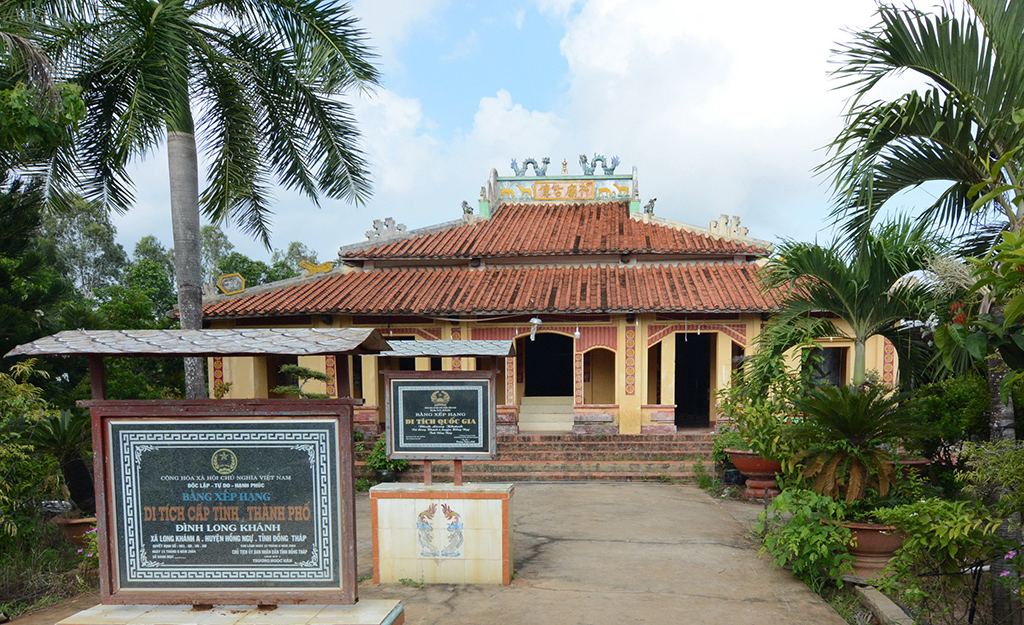
Long Khanh Communal House
The communal house roof is designed in the architectural style of overlapping terraces and coves. On the roof is a relief of two dragons fighting for a pearl, below is a screen with a painting of a herd of deer grazing on a Long Khanh ancient temple horizontal board. The corners of the roof are carved with dragon heads. The interior has 4 main compartments, each connected to the martial arts area. The floor is paved with tiles. After restoration, the communal house also rebuilt the martial arts stage and added a fairly large guest house.
Due to many relocations, except for the old communal house's stage set, the interior of the communal house had to be decorated and installed with new furniture. The main entrance area had parallel sentences written in Vietnamese, and on the steps there was a board summarizing the content of the edict for everyone to know.
In front of the altar is an ancient set of pillars. Some pillars in front of the main shrine are painted with dragons and pairs of restored parallel sentences, all of which are captioned in Vietnamese next to Chinese characters. Something like: "The front gate welcomes pilgrims/The inner palace is solemn and serves the gods/The mountains and rivers are beautiful and harmonious/The homeland is peaceful and brings blessings".
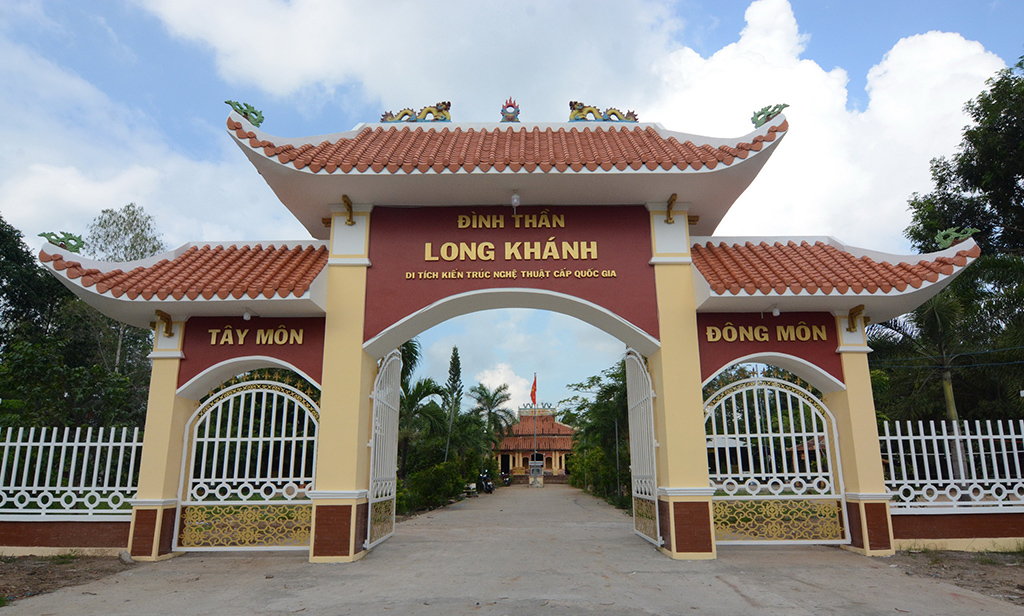
The communal house gate was rebuilt in the style of a three-entrance gate.
The bell worshiping the god is carved with dragons and patterns. Below the bell is a pair of turtles and cranes standing in attendance. The worshiping is also much shorter than before. On both sides are the altars of the left and right altars and the altars of the ancestors and descendants. The gods according to folk beliefs have their own residences, such as the temple to worship the eunuch Bach Ma, the Lady of the Land, the Tiger God...
Mr. Bay Khung said that the communal house has many incense burners, but they are only displayed during worship ceremonies. Normally, they have to be hidden for fear of theft. The communal house gate used to have only two pillars with a signboard attached. After the relocation and restoration, the government took charge of building it according to the drawings of the Ministry of Culture, Sports and Tourism brought in from Hanoi . The old communal house only had one gate, not a three-door style.
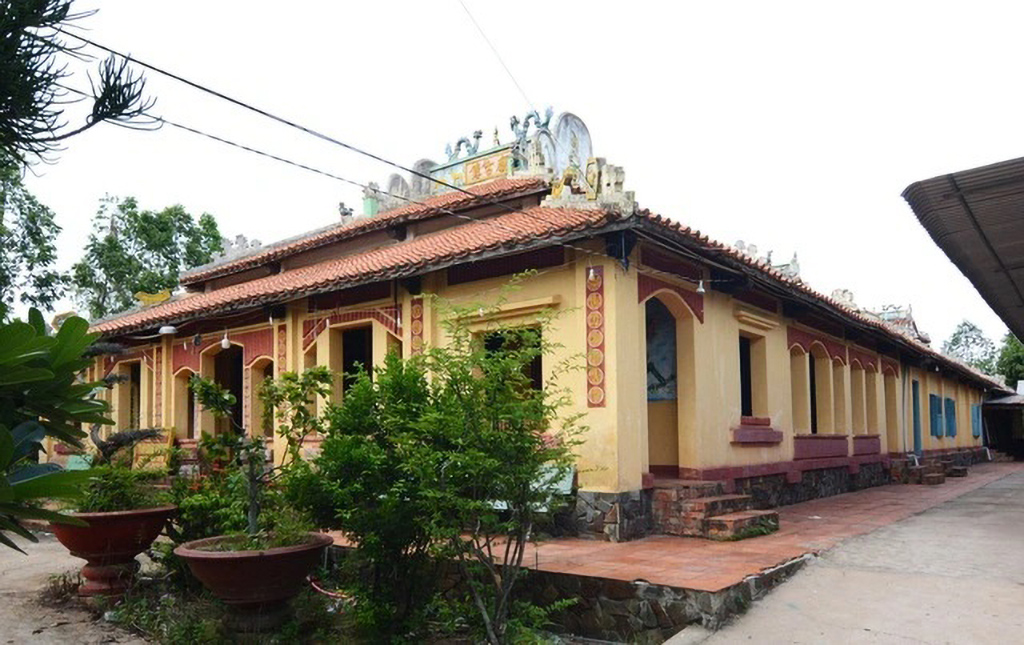
The roof of the communal house is embossed with a relief of two dragons fighting for a pearl.
Every year, the communal house has two rituals: the upper field ceremony and the lower field ceremony. Every three years, the lower field ceremony is chosen to be the Ky Yen ceremony, organized on a larger scale, lasting three days, with a troupe of opera performers to serve the people. In addition, on the occasion of the Lunar New Year, according to ancient custom, the sacrificial committee also invites the royal decree to the communal house to worship on the first day of the new year, and only returns the royal decree on the day of lowering the flagpole. The royal decree is currently kept at the Ho family shrine in Long Huu hamlet, by the decree of Mr. Ho Thanh Son.
When requesting the edict, a procession of cars decorated with flags, flowers, drums, clappers, lion dances, etc. was organized to carry the dragon court to the invitation ceremony. The people attending the ceremony were very crowded, especially on the night of the 9th day of the 5th lunar month, the communal house yard was almost full. (to be continued)
Source: https://thanhnien.vn/dau-xua-mo-coi-dat-phuong-nam-ngo-dinh-tram-cot-tren-dat-cu-lao-185241101214919638.htm




![[Photo] National Assembly Chairman Tran Thanh Man attends the VinFuture 2025 Award Ceremony](/_next/image?url=https%3A%2F%2Fvphoto.vietnam.vn%2Fthumb%2F1200x675%2Fvietnam%2Fresource%2FIMAGE%2F2025%2F12%2F05%2F1764951162416_2628509768338816493-6995-jpg.webp&w=3840&q=75)


![[Photo] 60th Anniversary of the Founding of the Vietnam Association of Photographic Artists](/_next/image?url=https%3A%2F%2Fvphoto.vietnam.vn%2Fthumb%2F1200x675%2Fvietnam%2Fresource%2FIMAGE%2F2025%2F12%2F05%2F1764935864512_a1-bnd-0841-9740-jpg.webp&w=3840&q=75)
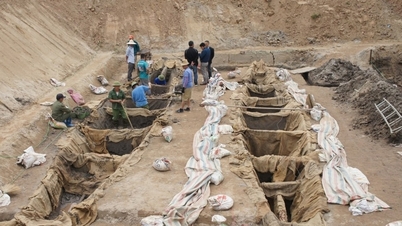

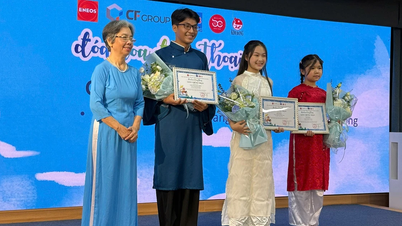





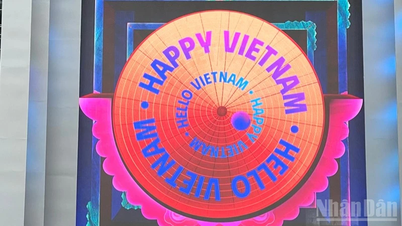
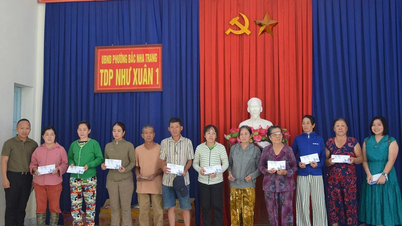




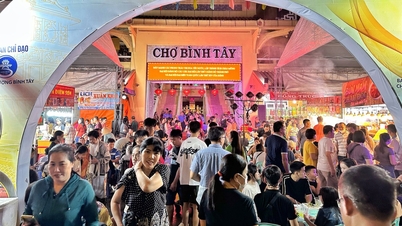
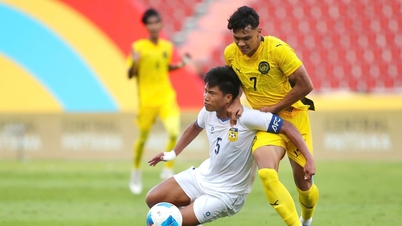
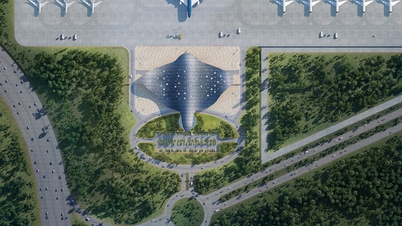
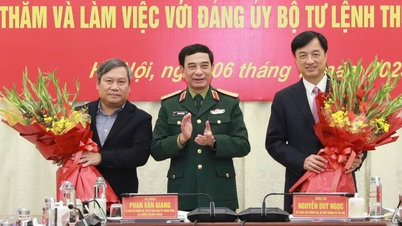
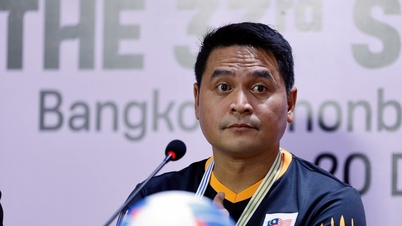


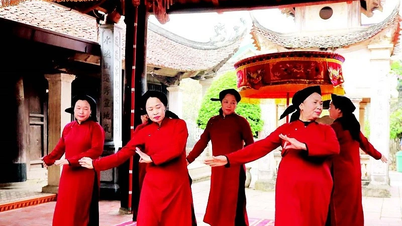
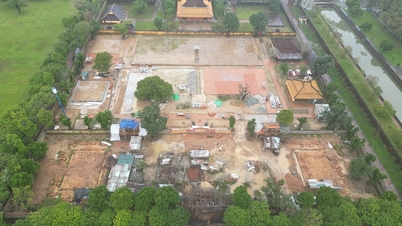
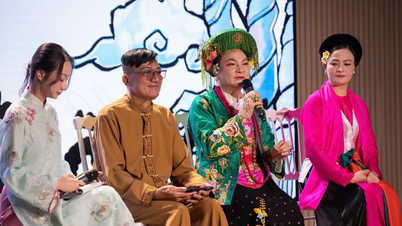



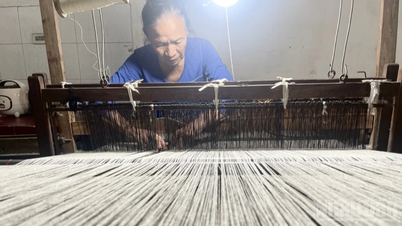
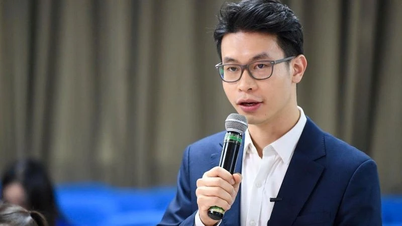

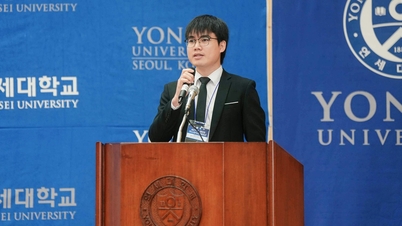
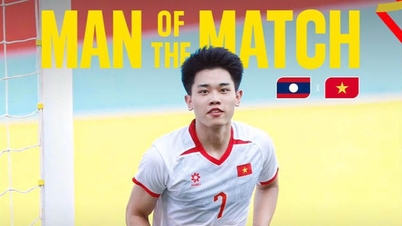











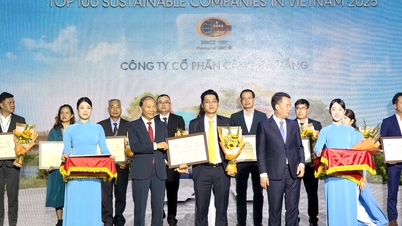






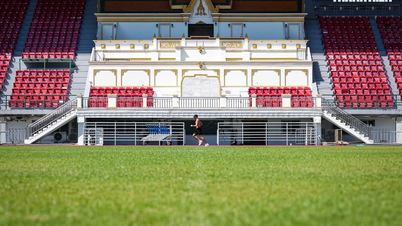
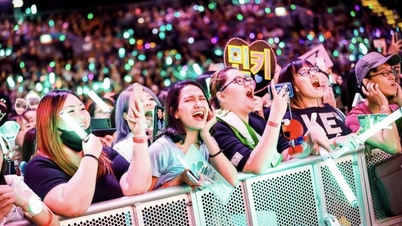
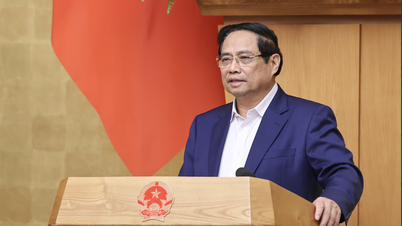


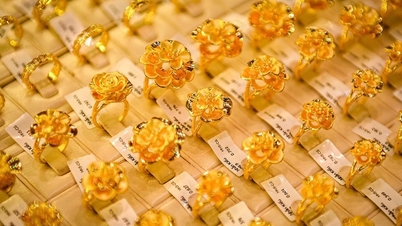
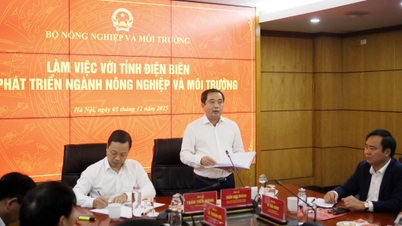

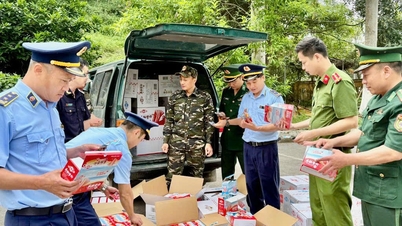

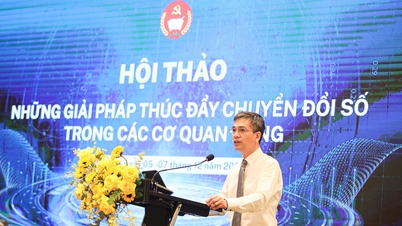





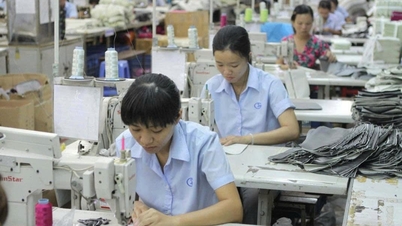




![[Photo series] Appearance of Ring Road 3 - Ho Chi Minh City before technical opening day](https://vphoto.vietnam.vn/thumb/402x226/vietnam/resource/IMAGE/2025/12/06/1765025589840_anh_6_20251206163529_20251206170332.jpeg)

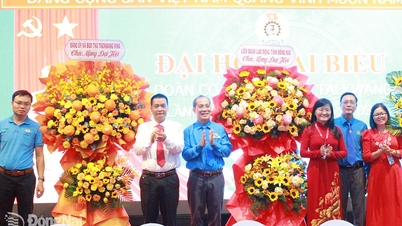
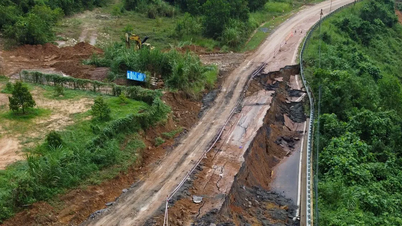
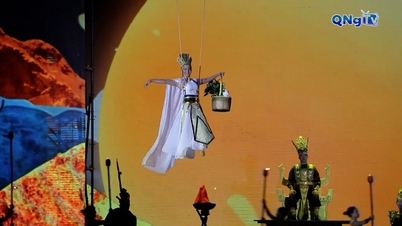











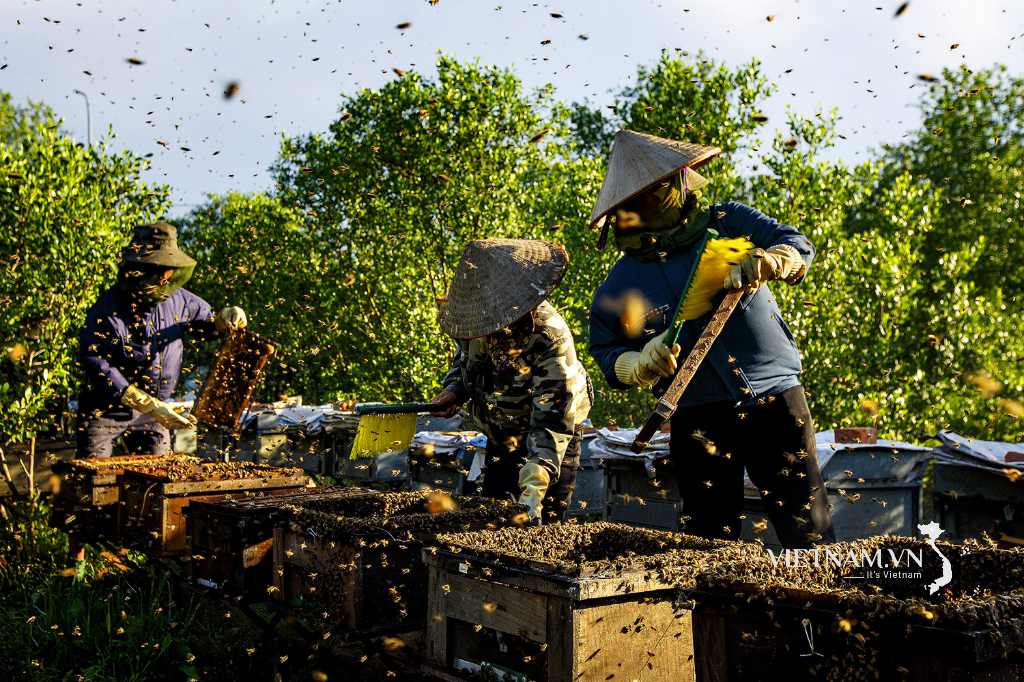

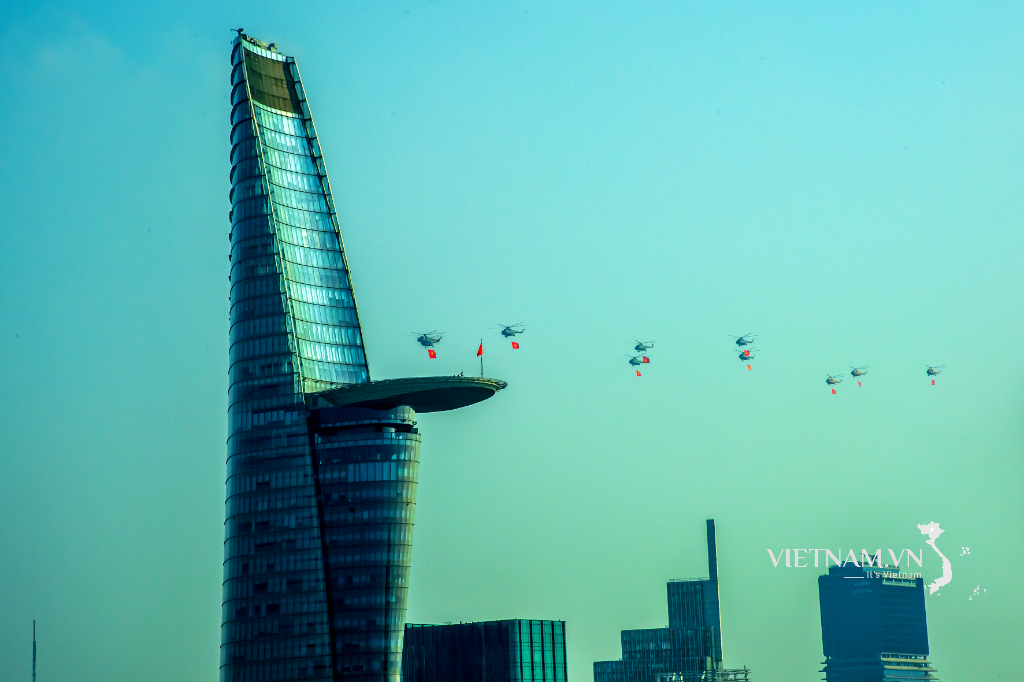




Comment (0)